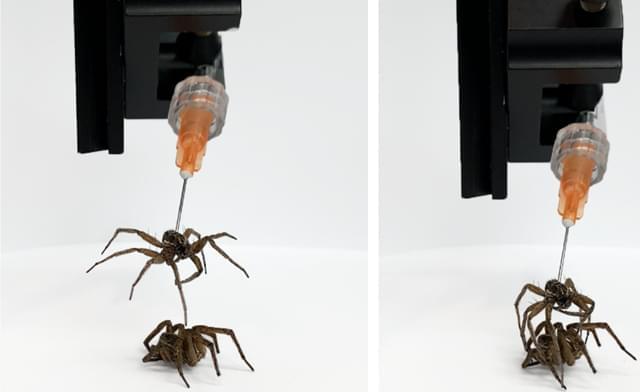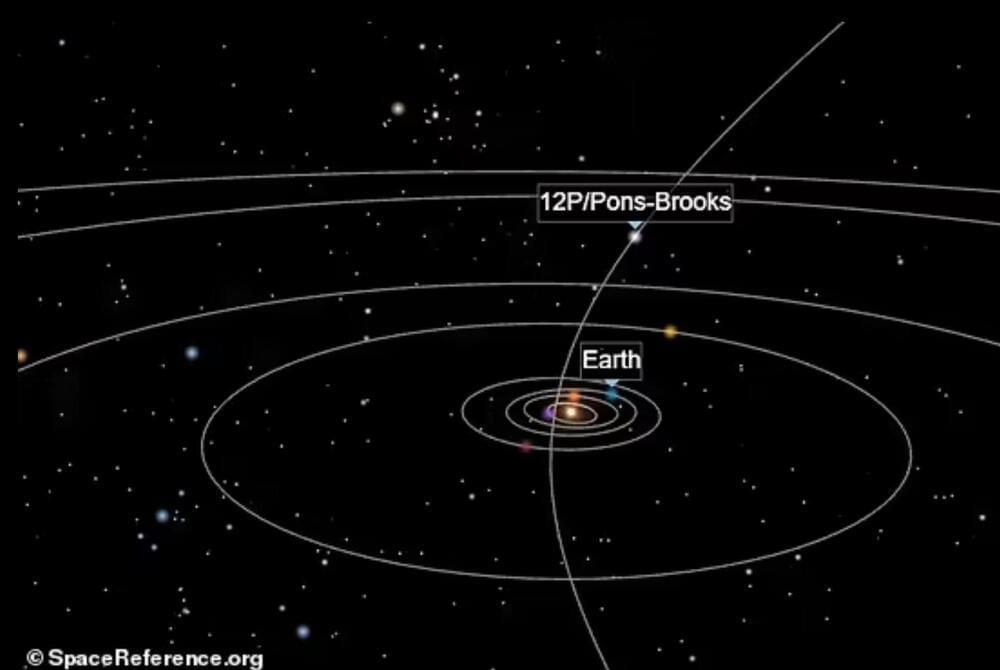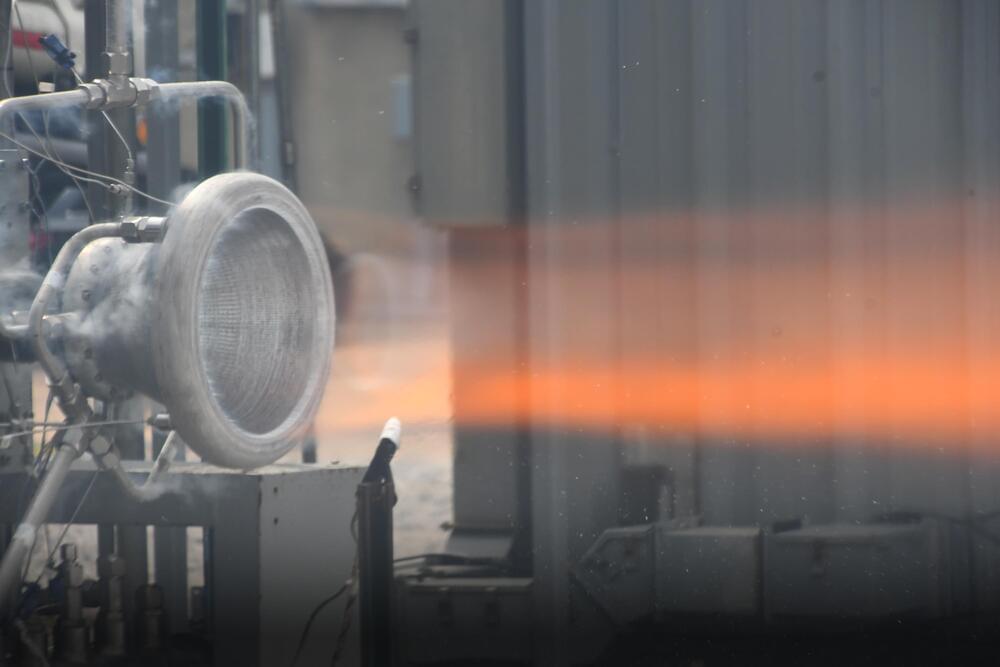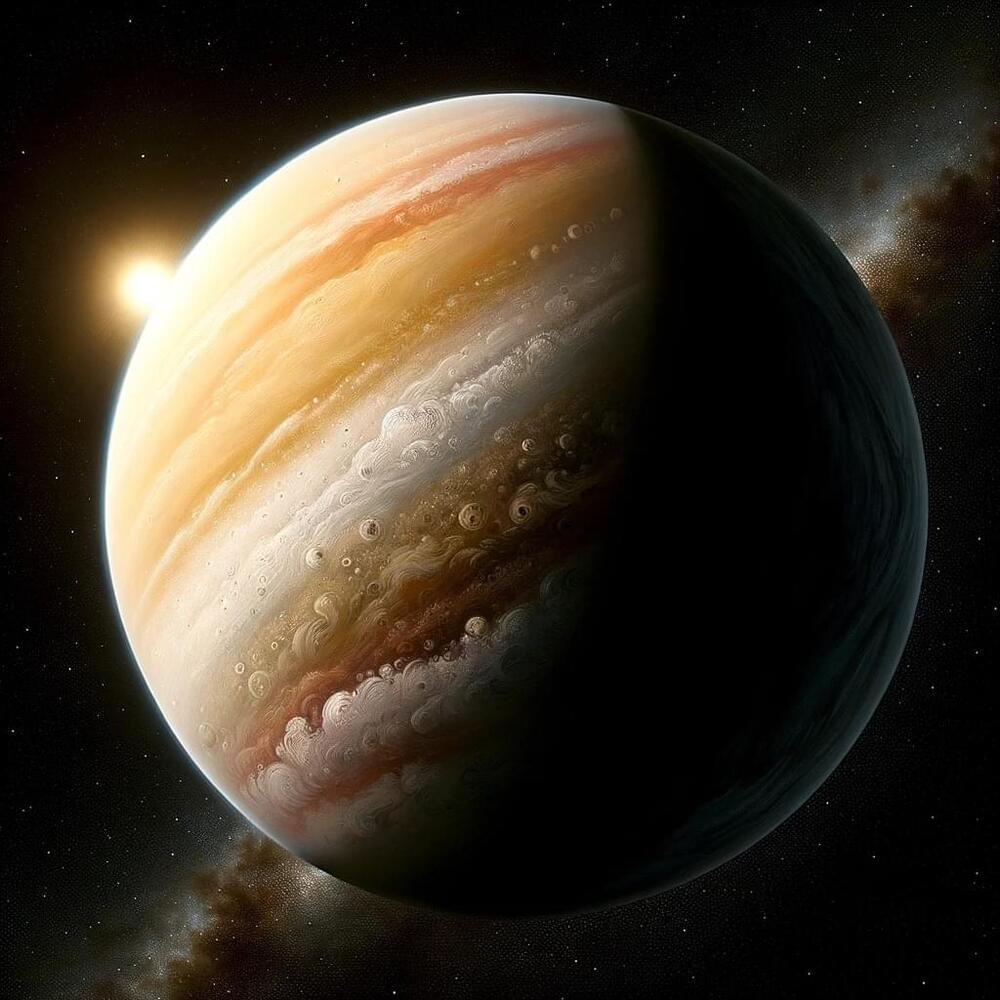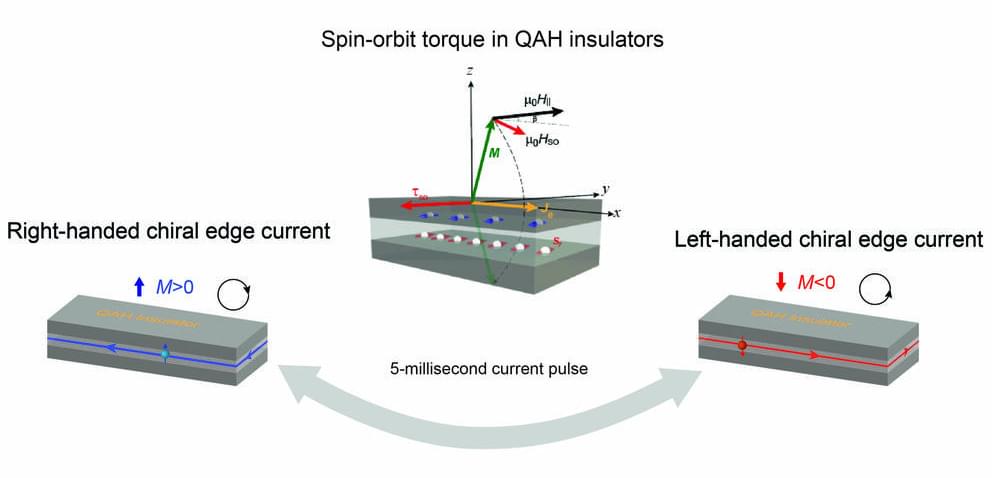Oct 20, 2023
Why scientists are reanimating spider corpses for research
Posted by Quinn Sena in categories: materials, robotics/AI
That spider you squished? It could have been used for science!
At least, that’s what Faye Yap and Daniel Preston think. Yap is a mechanical engineering PhD student in Preston’s lab at Rice University, where she co-authored a paper on reanimating spider corpses to create grippers, or tiny machines used to pick up and put down delicate objects. Yap and Preston dubbed this use of biotic materials for robotic parts “necrobotics” – and think this technique could one day become a cheap, green addition to the field.
